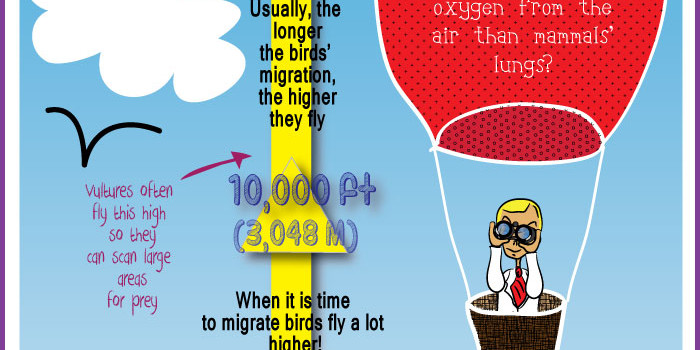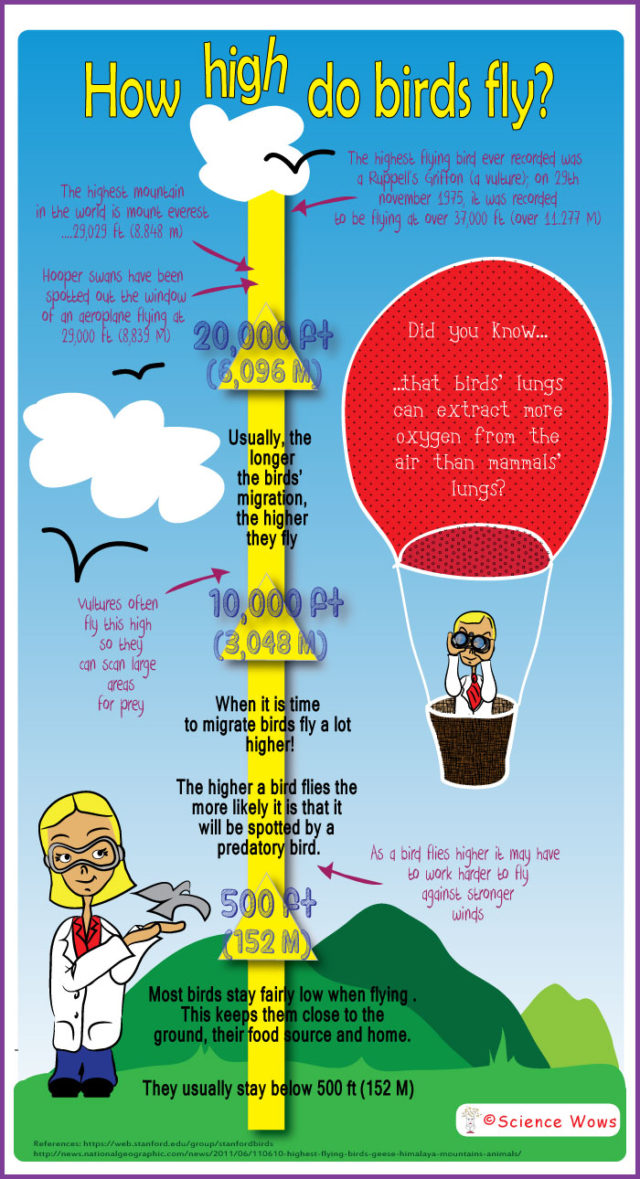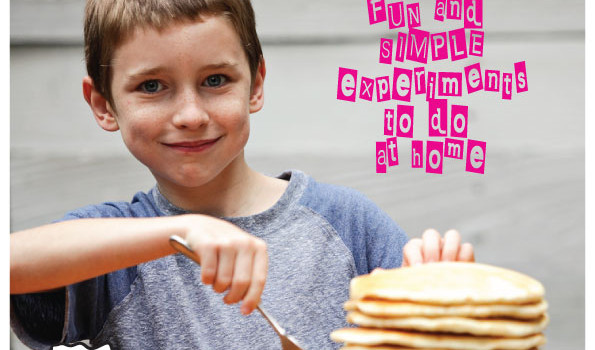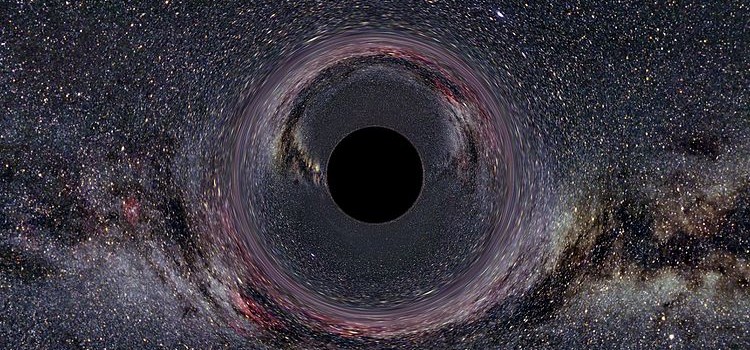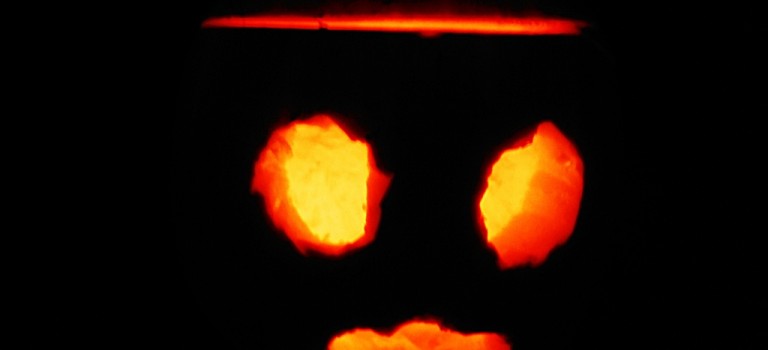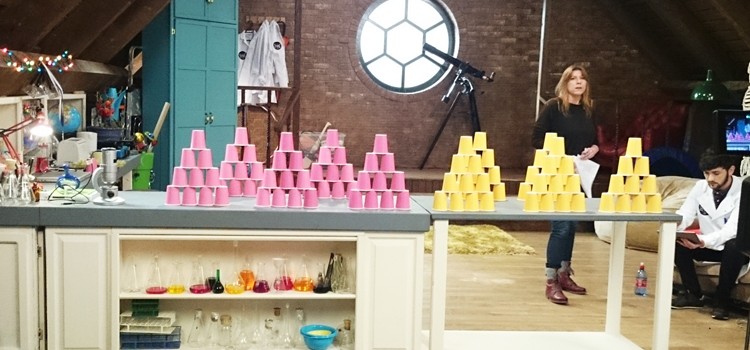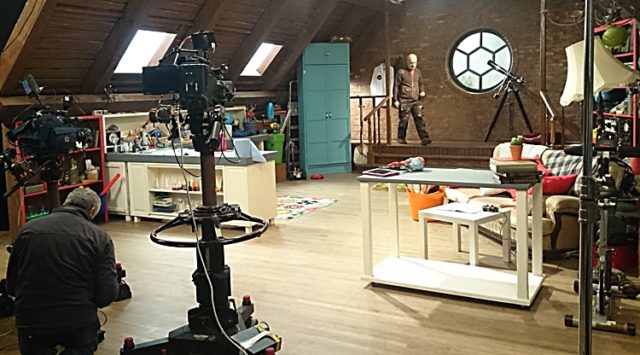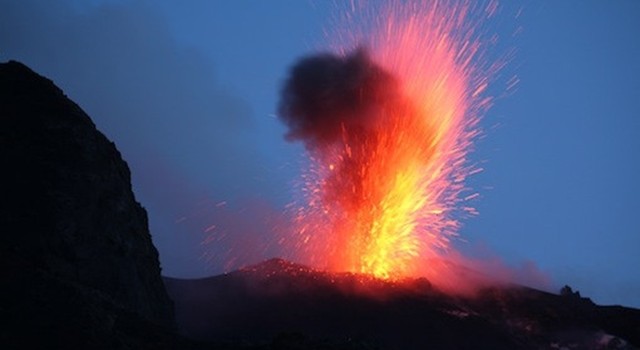What would happen if the Earth’s gravity suddenly disappeared?
This was a recent question from my 10-year-old son… it certainly got some interesting discussions going around the kitchen table. When I opened up the question on my Facebook page I got more input from Cathal (5) and Ciarán (7) (from the Bumbles of Rice blog); they reckon that if you were indoors you would float upwards, or feel like you were being pulled up… and bump your head! A very good point boys; In fact, the bump on the head would be the least of your worries!
Before I go any further though, it is important to say that this cannot actually happen, we can’t just turn off gravity, so when we discuss what would happen if we did, we are talking more science fiction than science; it is good to keep that in mind!

SO WHAT WOULD HAPPEN TO YOU?
As Cathal and Ciarán said, you would no longer have a force keeping you on the ground . The Earth would keep spinning, as it does, but you would no longer move with it, you would move in a straight line, upwards. In fact, rather than feeling like you are floating away from the Earth, you would probably feel like the Earth is dropping away from you!
WHAT WOULD HAPPEN TO THINGS AROUND YOU?
Anything not stuck down in some way would move in the same direction you would. Anything inside a building would get stopped by the ceiling, anything outside would float off into space, pretty quickly.
WHAT WOULD HAPPEN TO THE AIR?
Not only would solid objects float off into space but our air, our atmosphere would too; which means that unless you had an oxygen tank to hand you’d have no air to breathe.
WHAT WOULD HAPPEN TO THE LAKES, RIVERS AND SEA?
Liquids would leave the Earth’s surface too, so all the water on our planet, in lakes, rivers and seas would start to float off. A first, water would probably start floating off in large blobs, but as the atmosphere of the Earth disappears then the heat of the sun would penetrate to the Earth’s surface even more than it does now and water would probably start to boil off, into steam that would float off into space.
WHAT WOULD HAPPEN TO THE BUILDINGS?
So initially we said that if you were inside a building you would find yourself up at the ceiling; If you had an oxygen tank then you might be OK for a while. But you would start to feel those temperatures rise pretty quickly. The Earth would start to feel an incredible pressure which would ultimately mean that the buildings attached to its surface would start to break up and float away. Then rocks and clumps of earth would break off and float up too.
WHAT WOULD HAPPEN TO THE WHOLE EARTH?
Eventually, the whole Earth would break apart and float away into space, but we would be long gone by then.
So while the notion of floating around in zero gravity might, at first, seems appealing, when we look at the idea a little more closely we realise it is not a very nice concept at all. Fear not, as I said at the beginning… this cannot happen, it is just an imagining of what would happen if it did.
While scientists cannot really predict what would happen if we suddenly lost gravity on Earth, they can tell us the short term effect that lack of gravity (or weightlessness) has on our bodies… by observing what happens to astronauts while in space.
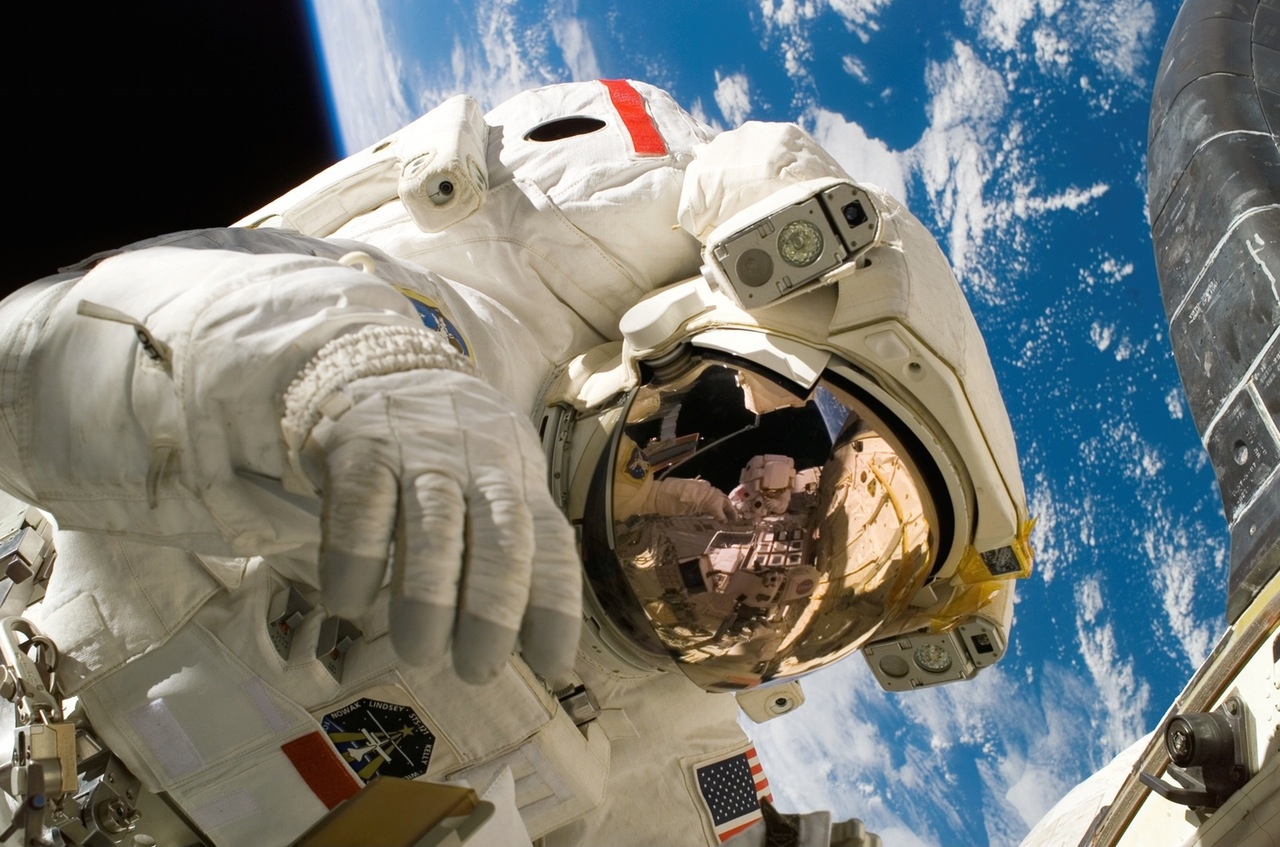
Image source: pixabay.com
- Initially astronauts lose their sense of orientation, they find it hard to tell up from down. This disorientation can also make them feel sick for a while.
- Another issue they report is feeling like their arms and legs are disconnected from their body!
- The change in pressure can affect their vision a little, this may be due to the altered pressure on the eye ball, brain and spinal fluid (some astronauts report more long term problems when they return to Earth; recent studies have found a genetic link to this problem, but the exact mechanism is still unclear).
They usually get used to these issues pretty quickly but there are greater health effects the longer they stay in space.
- Due to the lack of weight on their bodies, their muscles and bones begin to weaken; this is why astronauts spend so much time in space exercising!
- An astronaut will actually get taller in space; without the pressure of gravity on their bodies, they can stretch about an inch or more. Of course, once they return to Earth they soon return to their usual height.
- Astronauts immune systems can become weak in space too (the number of white blood cells that help to fight infection can reduce) and healing can be slowed down.
Now that we have learned a little about gravity and the lack of it, here is a fun experiment; try out this gravity defying trick with a glass of water and amaze your friends and family!
GRAVITY DEFYING EXPERIMENT
YOU WILL NEED:
- A glass
- A small piece of stiff paper or cardboard (large enough to cover the mouth of the glass)
- A basin
- Some water
- (Adult supervision)
- WHAT TO DO:
- Fill the glass to the very top with water.
- Place the piece of paper over the mouth of the glass, making sure there are no air bubbles underneath.
- While holding the glass in one hand, and keeping the paper in place with the other, quickly turn the glass upside-down, over the basin (or ask an adult to do this for you).
- Once the glass is inverted remove your the hand that is holding the paper in place.
- The paper should stay in place and the water should stay in the glass.
- Watch all the amazed faces of your family and friends as they observe your gravity defying feat!
THE SCIENCE BIT:
While this appears to be an experiment about defying gravity, it is actually all down to air pressure. The lack of air in the glass produces a difference in air pressure on either side of the paper. The air pressure on the underside of the paper is greater than the pressure on the water side, pushing the air up and keeping the paper in place.
I hope this experiment works for you without anyone getting wet feet! Be sure to let me know if you try it!
